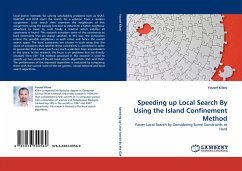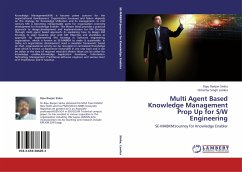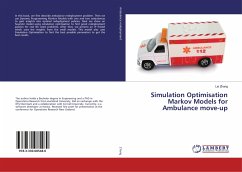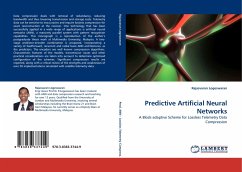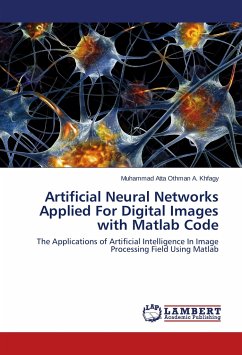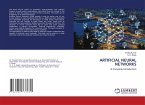Classifiers are becoming an important component of today software. The capability of automatic learning from examples is essential in tasks where classification rules are not easily obtainable. Artificial Neural Networks, the main argument of this book, are an important example of classifiers for their versatility and recognition accuracy. To improve their classification performance the easiest way is to enlarge the training databases. Unfortunately, this method leads to training times too much long. In this book, Artificial Neural Networks are firstly presented in deep, with details to improve the model accuracy. Then, some techniques useful for their speed-up are introduced. Even if the training process of Artificial Neural Networks is an intrinsically sequential process, some suggestions are given for the implementation of the training algorithm in parallel. Concepts and optimization algorithms are presented in general, in order to allow the reader to apply the learned notionsto a wide range of classification problems. Some notions, and results, are also provided for the speech recognition task, to present a concrete example of a practical use of such a kind of classifiers.


